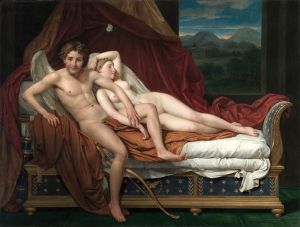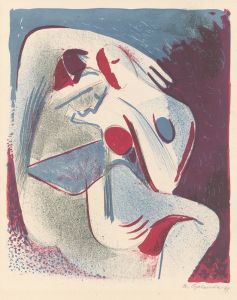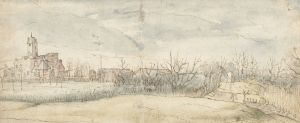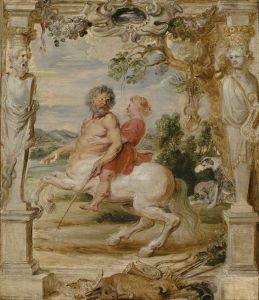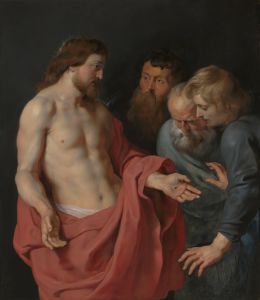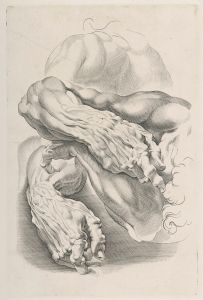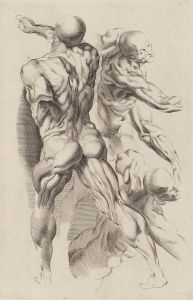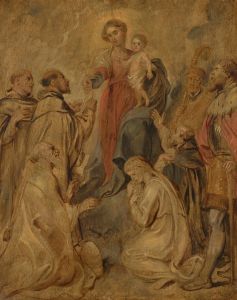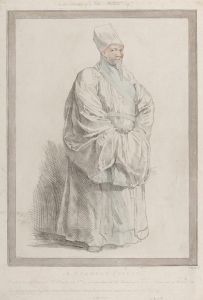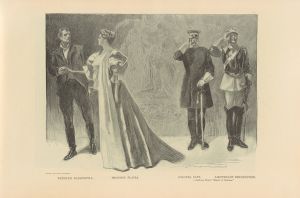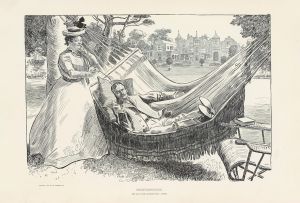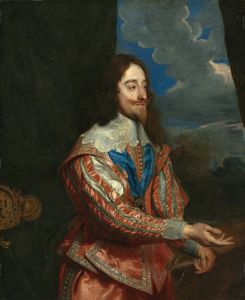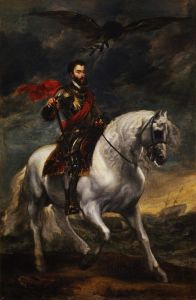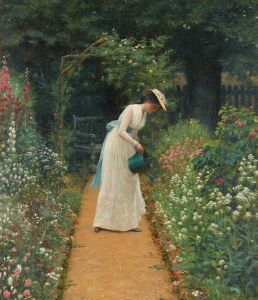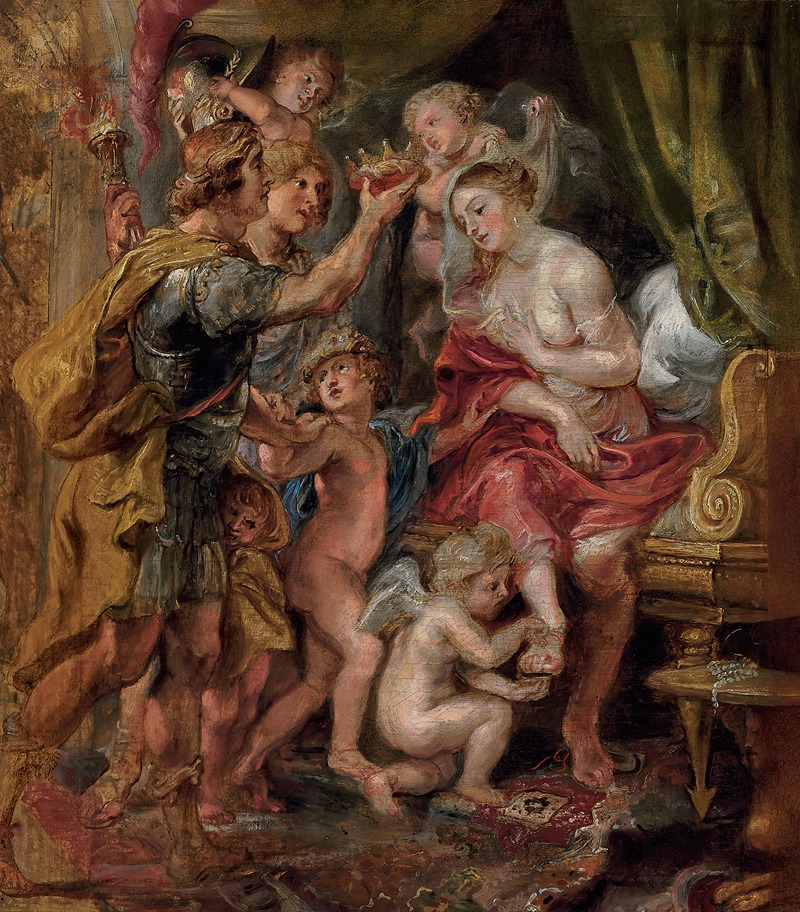
Alexander and Roxana
A hand-painted replica of Peter Paul Rubens’s masterpiece Alexander and Roxana, meticulously crafted by professional artists to capture the true essence of the original. Each piece is created with museum-quality canvas and rare mineral pigments, carefully painted by experienced artists with delicate brushstrokes and rich, layered colors to perfectly recreate the texture of the original artwork. Unlike machine-printed reproductions, this hand-painted version brings the painting to life, infused with the artist’s emotions and skill in every stroke. Whether for personal collection or home decoration, it instantly elevates the artistic atmosphere of any space.
Peter Paul Rubens' Alexander and Roxana is a painting that depicts the marriage of Alexander the Great and Roxana, the daughter of a Bactrian nobleman. Created by Rubens, a prominent Flemish Baroque painter, the artwork reflects his mastery in portraying historical and mythological themes with dramatic intensity and vivid detail. The painting is believed to have been completed around 1615–1617, during Rubens' mature period, when he was producing some of his most celebrated works.
The composition of Alexander and Roxana is rich in symbolism and theatricality, characteristic of Rubens' style. The scene shows Alexander and Roxana surrounded by cherubs and attendants, emphasizing the romantic and ceremonial nature of the event. Roxana is depicted as a figure of beauty and grace, while Alexander is portrayed with a commanding yet tender demeanor. The cherubs, often used in Baroque art to signify love and divine approval, playfully interact with the couple, adding a sense of movement and vitality to the scene.
Rubens' use of color, light, and texture in the painting demonstrates his skill in creating a sense of depth and drama. The warm tones and dynamic poses of the figures draw the viewer's attention to the central subjects, while the intricate details of the costumes and setting reflect Rubens' interest in historical accuracy and opulence. The painting also showcases Rubens' ability to blend classical influences with his own artistic innovations, a hallmark of his work.
The story of Alexander and Roxana originates from ancient historical accounts, particularly those of the Greek historian Arrian. According to these accounts, Alexander married Roxana in 327 BCE as part of his efforts to unite the Macedonian and Persian cultures following his conquest of the Persian Empire. Their union is often interpreted as both a political alliance and a romantic relationship, themes that Rubens captures in his painting.
The exact location of Alexander and Roxana today is not definitively known, as it is one of Rubens' works that has been lost or remains untraced. However, the painting is documented in historical records and engravings, which provide insight into its composition and significance. Rubens' depiction of the subject has influenced later artists and remains an important example of his ability to bring historical narratives to life through art.
This painting is a testament to Rubens' talent for combining historical storytelling with the emotional and visual richness of the Baroque style.





